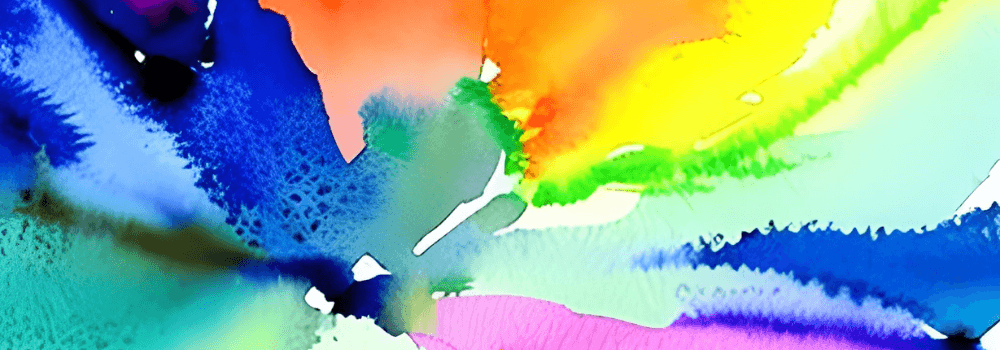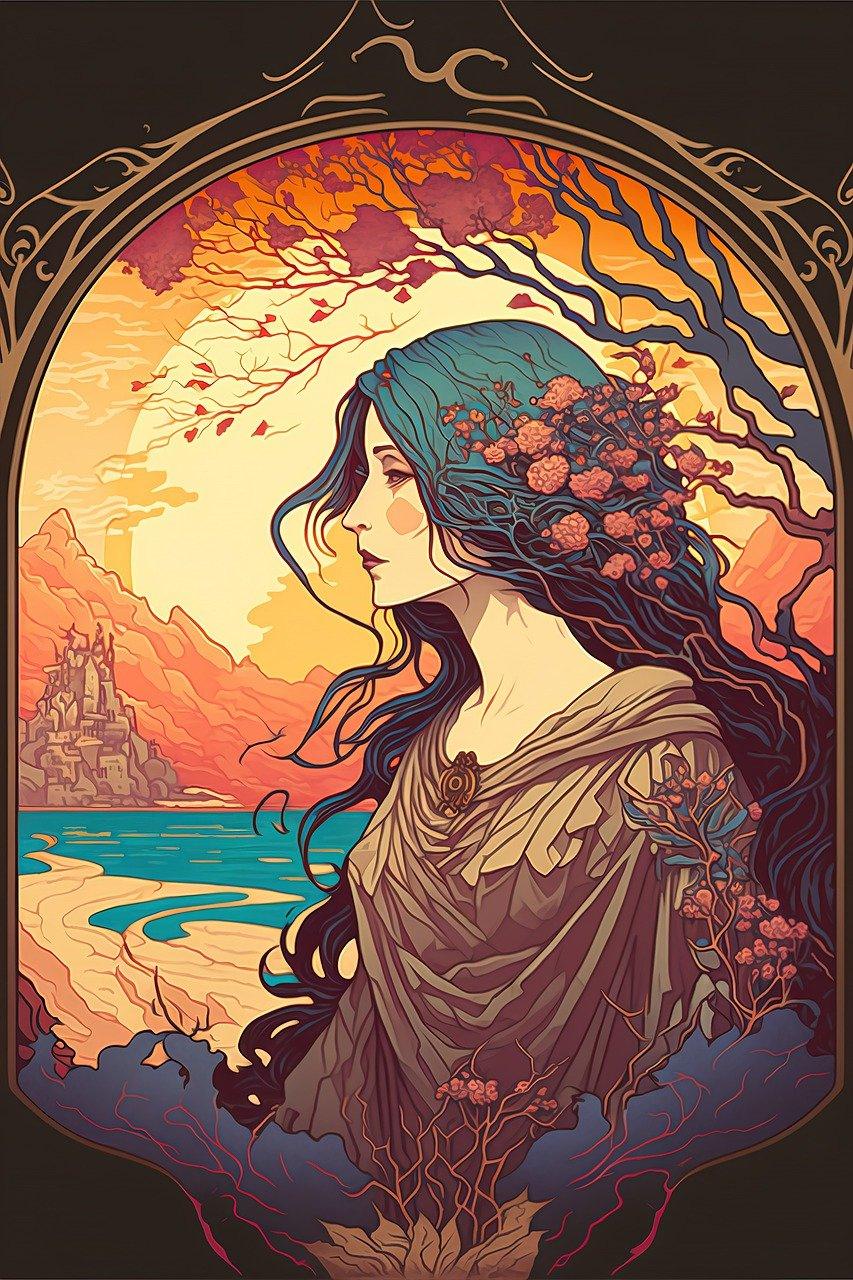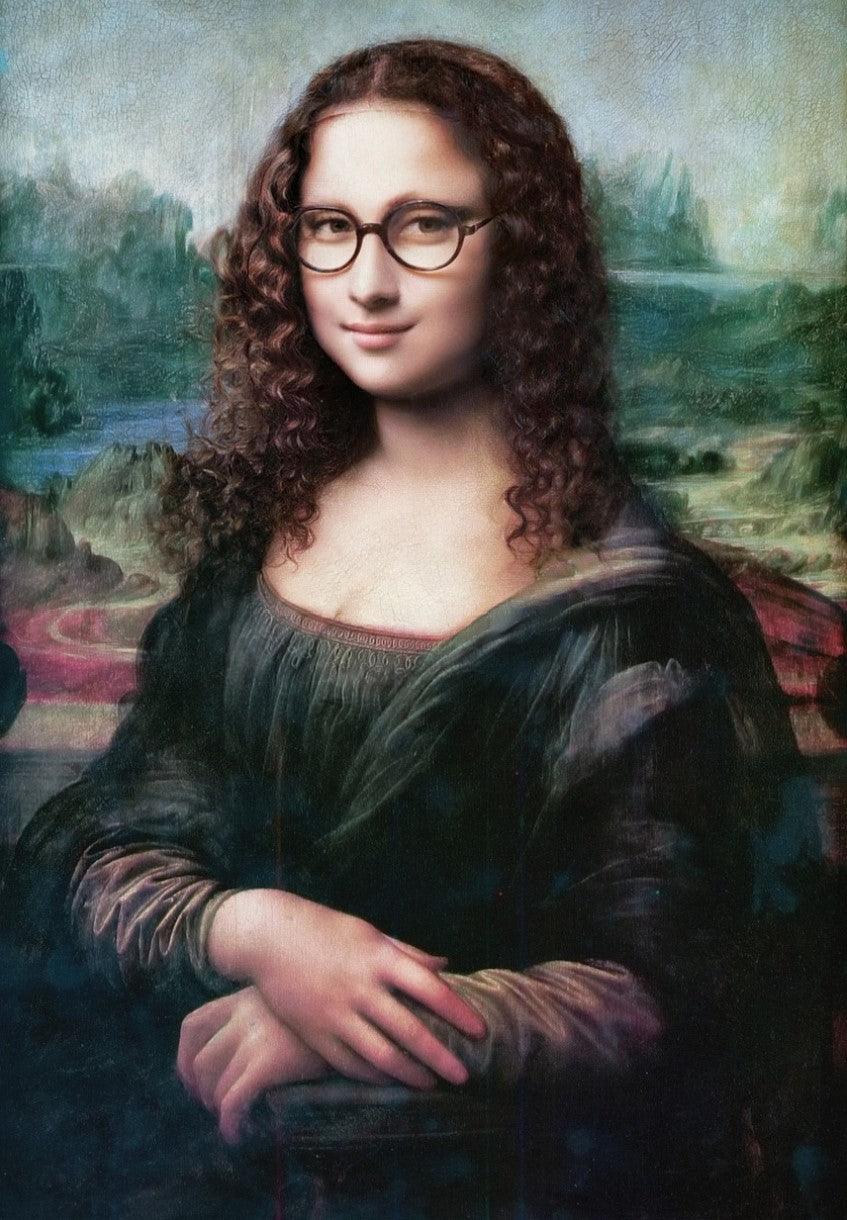Introduction to Watercolor Techniques

Watercolor painting is a beautiful and expressive art form that has been practiced for centuries. It allows artists to create stunning works of art using the transparency and fluidity of watercolors. Whether you are a beginner or an experienced artist looking to expand your skills, mastering watercolor techniques is essential. In this comprehensive guide, we will explore the basics of watercolor painting, the essential tools and materials you'll need, and various techniques to help you create stunning watercolor artworks.
Understanding the Basics of Watercolor Painting

Before diving into the world of watercolor techniques, it is important to understand the basic principles of watercolor painting. Unlike other mediums, watercolor is known for its transparent and luminous qualities. It is created by mixing pigments with water and applying them to a surface, usually paper. One of the key characteristics of watercolor is its unpredictability, as the paint can flow and blend in unexpected ways. Understanding how water interacts with the paint and learning how to control it is crucial in mastering watercolor techniques.
To get started with watercolor painting, it is important to have a good understanding of color theory. This includes learning about primary, secondary, and tertiary colors, as well as understanding values, hues, and saturation. Experimenting with color mixing and learning how different colors interact with each other will greatly enhance your watercolor skills.
Essential Tools and Materials for Watercolor Painting

To begin your watercolor journey, you will need a few essential tools and materials. The most important tool is, of course, the paintbrush. Watercolor brushes come in various shapes and sizes, each suited for different techniques and effects. Round brushes are versatile and great for general painting, while flat brushes are ideal for washes and large areas. Experimenting with different brush sizes and shapes will give you a better understanding of their capabilities.
In addition to brushes, you will need watercolor paints, which come in both pan and tube form. Pan paints are dry and can be reactivated with water, while tube paints are more concentrated and require dilution. It is recommended to start with a basic set of colors and gradually expand your collection as you progress. A watercolor palette or mixing tray is also essential for mixing and diluting your paints.
Paper is another important consideration in watercolor painting. Watercolor paper comes in different weights and textures, with the most commonly used being cold-pressed paper. It is important to choose a paper that is specifically designed for watercolor painting, as it will absorb the paint and prevent it from bleeding. Investing in good quality paper will ensure that your artworks stand the test of time.
Different Watercolor Techniques for Beginners

As a beginner, it can be overwhelming to navigate the vast array of watercolor techniques. However, starting with a few basic techniques will lay the foundation for your future watercolor journey. Here are some techniques to get you started:
Wet-on-Wet Technique: This technique involves wetting the paper with clean water before applying the paint. By doing so, the colors blend and spread in unpredictable and beautiful ways. It is great for creating soft and ethereal effects.
Dry Brush Technique: As the name suggests, this technique involves using a dry brush on dry paper. It creates a textured and grainy effect, perfect for adding details and texture to your paintings.
Glazing Technique: Glazing involves layering transparent washes of color on top of each other. By building up layers, you can achieve rich and vibrant colors. This technique requires patience and precision.
Salt Technique: This fun and experimental technique involve sprinkling salt onto wet paint. The salt absorbs the water and creates interesting patterns and textures. It is great for creating texture in landscapes and abstract artworks.
Lifting Technique: Lifting involves removing wet paint from the paper by blotting it with a clean brush or paper towel. It is a useful technique for correcting mistakes or creating highlights.
Exploring these techniques will give you a solid foundation in watercolor painting and allow you to create a variety of effects in your artworks.

Exploring Various Watercolor Styles and Art Techniques
Watercolor is a versatile medium that allows artists to explore various styles and techniques. From loose and expressive brushwork to detailed and realistic renderings, there is a watercolor style for every artist. Here are some popular watercolor styles and techniques to inspire you:
Impressionism: Inspired by the Impressionist movement, this style focuses on capturing the essence of a subject rather than the fine details. It involves loose brushwork and vibrant colors, creating a sense of movement and spontaneity.
Realism: Realism in watercolor requires precision and attention to detail. Artists strive to create lifelike and highly detailed paintings that closely resemble the subject. It requires patience and a steady hand to achieve realistic results.
Abstract: Abstract watercolor paintings are characterized by their expressive and non-representational nature. Artists use color, shape, and form to convey emotions or ideas, creating unique and thought-provoking artworks.
Botanical Illustration: Botanical illustration focuses on capturing the intricate details of plant life. It requires precision and observation skills to accurately depict the botanical subject. This style is popular among nature enthusiasts and scientific illustrators.
Mixed Media: Watercolor can be combined with other mediums such as ink, pastel, or colored pencil to create mixed media artworks. This allows for experimentation and adds texture and depth to the paintings.
Exploring different styles and techniques will help you find your own unique voice as a watercolor artist. Don't be afraid to try new things and push the boundaries of traditional watercolor painting.

Step-by-Step Guide on How to Paint with Watercolors
Now that you have a good understanding of the basics and various techniques, let's dive into a step-by-step guide on how to paint with watercolors. Follow these steps to create your own watercolor masterpiece:
Step 1: Prepare your materials - Gather all the necessary tools and materials, including brushes, paint, palette, water, and paper. Make sure your workspace is clean and well-lit.
Step 2: Plan your composition and sketch - Before you start painting, sketch your composition lightly on the paper using a pencil. This will serve as a guideline for your painting.
Step 3: Start with a wash - Wet the paper with clean water using a large brush. Then, apply a light wash of color to the entire paper. This sets the tone for your painting.
Step 4: Build up layers - Allow the first wash to dry completely, then gradually build up layers of color, starting with the lightest tones. Use different brush sizes and techniques to create depth and dimension.
Step 5: Details and highlights - Once the base layers are dry, add details and highlights to your painting. Use smaller brushes and a steady hand to add fine details and pops of color.
Step 6: Evaluate and refine - Take a step back and evaluate your painting. Make any necessary adjustments or refinements to improve the overall composition and balance of your artwork.
Step 7: Let it dry and protect your artwork - Once you are satisfied with your painting, let it dry completely. Once dry, protect your artwork by framing it or applying a fixative.
Remember, practice is key to mastering watercolor techniques. Don't be discouraged by mistakes or unsatisfactory results. With time and dedication, you will improve and develop your own unique style as a watercolor artist.

Tips and Tricks for Mastering Watercolor Techniques
Mastering watercolor techniques takes time and practice. Here are some tips and tricks to help you along your watercolor journey:
Start with simple subjects: When starting out, choose simple subjects that are not too complex. This will allow you to focus on mastering techniques rather than getting overwhelmed by intricate details.
Experiment with different papers: Try different types of watercolor paper to find the one that suits your style and preference. Different papers have different textures and absorbency levels, which can greatly impact your painting.
Practice color mixing: Understanding how colors mix and interact with each other is essential in watercolor painting. Practice color mixing exercises to familiarize yourself with different color combinations and their effects.
Use the power of white: Unlike other painting mediums, watercolor relies on the white of the paper to create highlights. Preserve areas of white by using masking fluid or painting around them. This will add contrast and luminosity to your paintings.
Embrace happy accidents: Watercolor is known for its unpredictability, and sometimes mistakes can lead to beautiful results. Embrace the unexpected and learn from your happy accidents. They can often add a unique touch to your artworks.
Learn from other artists: Study the works of other watercolor artists to gain inspiration and learn new techniques. Attend workshops, join art communities, and seek feedback from fellow artists. Learning from others will enrich your own artistic journey.
Remember, watercolor painting is a journey of continuous learning and exploration. Embrace the process, be patient with yourself, and enjoy the beauty of this versatile medium.
Common Mistakes to Avoid When Painting with Watercolors
While mastering watercolor techniques, it is common to make mistakes. Here are some common pitfalls to avoid:
Overworking your painting: Overworking your painting can result in muddy colors and loss of transparency. Know when to stop and allow the paint to dry before adding more layers.
Using too much water: Water is an essential part of watercolor painting, but using too much water can cause the paint to bleed and lose control. Use water sparingly and learn to control the consistency of your paint.
Lack of planning: Planning your composition and color scheme before starting your painting is crucial. This will help you create a cohesive and balanced artwork.
Neglecting value and contrast: Value and contrast are important elements in any painting. Pay attention to the light and dark areas of your composition to create depth and impact.
Fear of making mistakes: Mistakes are part of the learning process. Embrace them and learn from them. Don't be afraid to take risks and experiment with new techniques.
By being aware of these common mistakes, you can avoid them and progress faster in your watercolor journey.

Advanced Watercolor Techniques and Special Effects
Once you have mastered the basics, you can explore advanced watercolor techniques and special effects to take your paintings to the next level. Here are some techniques to push the boundaries of watercolor:
Wet-in-Wet: This technique involves applying wet paint onto wet paper, allowing the colors to blend and create soft and flowing effects. It requires a good understanding of paint consistency and timing.
Dry on Wet: In this technique, you apply dry paint onto wet paper. This creates crisp and defined edges, perfect for capturing details.
Backwash Technique: The backwash technique involves adding a wash of color to a wet surface and then using a clean brush to lift off some of the color, creating a soft and ethereal effect.
Granulation: Granulation is a technique that takes advantage of the pigment particles in watercolor paint. By using granulating pigments, you can create textures and patterns that resemble natural textures such as stone or wood.
Negative Painting: Negative painting involves painting around the subject to create a shape rather than painting the subject itself. This technique adds depth and dimension to your artworks.
These advanced techniques require practice and experimentation. Don't be afraid to push the boundaries and explore new possibilities with watercolor.

Watercolor Techniques for Creating Realistic Textures and Details
Watercolor is a versatile medium that can be used to create realistic textures and details. By mastering certain techniques, you can achieve lifelike textures and intricate details in your paintings. Here are some techniques to help you create realistic textures:
Dry Brushing: Dry brushing involves using a dry brush with minimal water to create textured and grainy effects. This technique is great for adding texture to surfaces such as tree bark or rough stone.
Stippling: Stippling involves using small dots or dashes of paint to create texture. By varying the size and spacing of the dots, you can create the illusion of texture, such as fur or foliage.
Salt Texture: The salt texture technique involves sprinkling salt onto wet paint. The salt absorbs the water and creates interesting patterns and textures. This technique is great for creating texture in landscapes or abstract artworks.
Scratching: Scratching involves using a sharp tool, such as a knife or a toothpick, to scratch away the wet paint and reveal the white of the paper underneath. This technique is great for creating texture in surfaces such as wood or fabric.
Dry Wash: Dry wash involves using a dry brush to pull pigment across dry or damp paper. This creates soft and subtle textures, such as the texture of clouds or water ripples.
By incorporating these techniques into your paintings, you can add depth and realism to your artworks.
Exploring Different Art Styles Using Watercolors

Watercolors can be used to create a wide range of art styles, from realistic and detailed paintings to loose and expressive works. Here are some popular art styles that can be achieved using watercolors:
Realism: Realism in watercolor requires attention to detail and a keen observation of the subject. Artists strive to create paintings that closely resemble the real world, capturing every intricate detail.
Impressionism: Impressionism in watercolor focuses on capturing the mood and atmosphere of a scene rather than the fine details. Loose brushwork and vibrant colors are used to create a sense of movement and spontaneity.
Minimalism: Minimalism in watercolor involves simplifying the subject to its most basic forms and colors. Artists often use negative space and simple brushstrokes to create impactful and visually striking artworks.
Abstract: Abstract watercolor paintings are characterized by their non-representational nature. Artists use color, shape, and form to convey emotions or ideas, creating unique and thought-provoking artworks.
Illustration: Watercolors can be used to create beautiful illustrations, such as botanical illustrations or book illustrations. This style often requires precision and attention to detail.
By exploring different art styles, you can find your own unique voice as a watercolor artist and create artworks that resonate with you.







Leave a comment
All comments are moderated before being published.
This site is protected by hCaptcha and the hCaptcha Privacy Policy and Terms of Service apply.